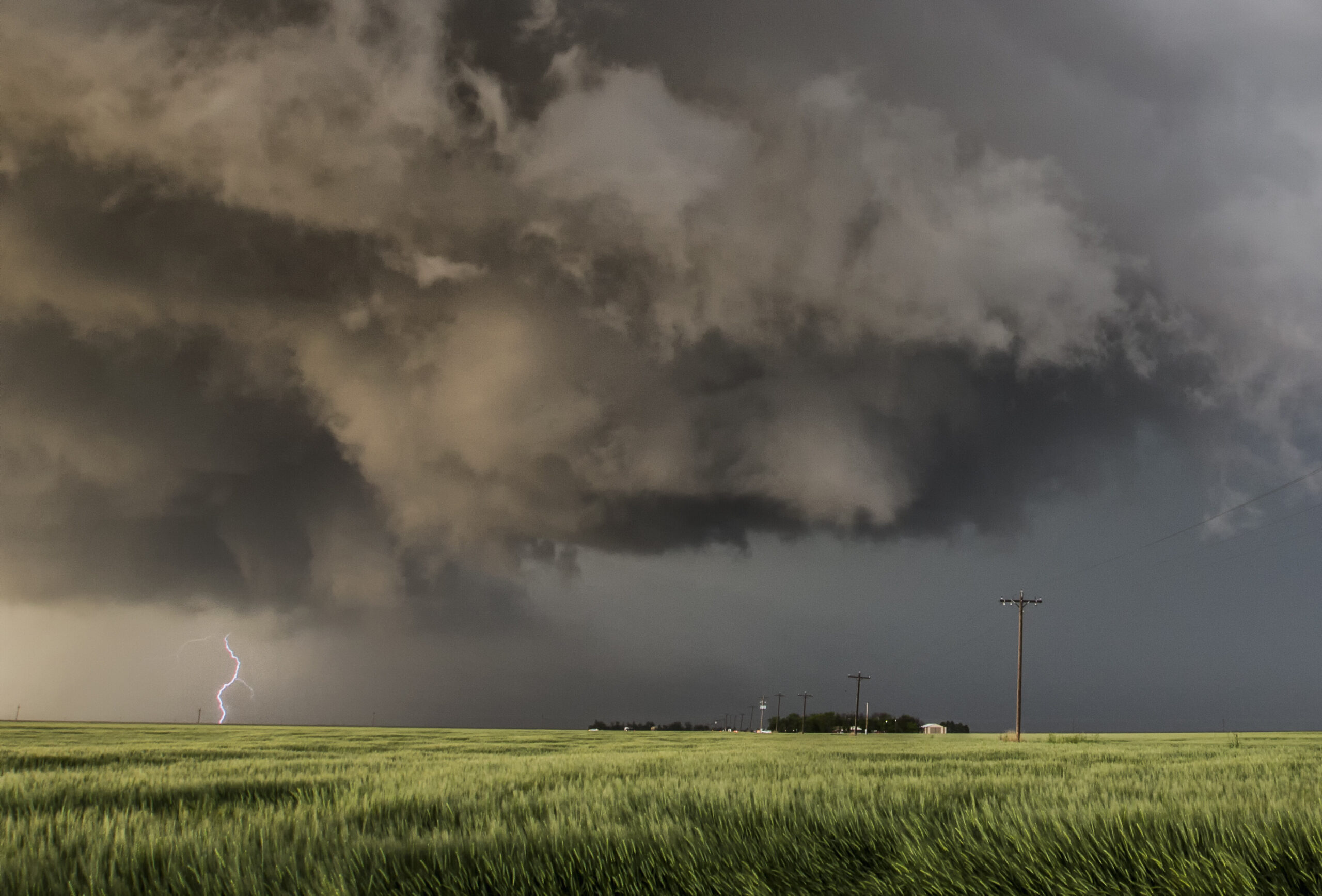EO Capability Benefits
Surface Air Temperature (SAT) data is essential for understanding the water cycle, including evaporation rates, precipitation patterns, and snowmelt dynamics. It therefore plays a significant role in hydrological modeling and water resource management. Air temperature influences vegetation processes such as photosynthesis and respiration, making it a fundamental indicator for studying land-atmosphere interactions, carbon cycles, and biodiversity changes. Consequently, SAT also influences crop growth cycles, pest activity, and irrigation needs. Understanding SAT dynamics supports precision agriculture by helping farmers and policy-makers optimise cultivation practices. Finally, high-resolution SAT data is utilised in urban heat island studies and climate adaptation planning, helping cities prepare for and adapt to extreme heat events.
EO Capability Description
Sensors and methods for measuring Surface Air Temperature (SAT) and Upper Air Temperature (UAT) differ in some respects. SAT is often estimated using Land Surface Temperature (LST) data as a proxy, as LST and SAT are strongly correlated. LST is typically derived from thermal infrared (TIR) radiation measurements. TIR sensors have been deployed on satellites with sun-synchronous, polar-orbiting and geostationary orbits. Their suitability depends on the use case requirements for spatial resolution, temporal resolution and coverage.
Sensors such as MODIS, VIIRS and FY-4A offer higher temporal frequency but at lower spatial resolutions. The thermal infrared sensors on Landsat-8 and 9 offer a higher spatial resolution at 100m but at lower temporal frequencies. The Sea and Land Surface Temperature Radiometer (SLSTR) on Sentinel-3 measures LST with a spatial resolution of 1 km, providing global coverage every 4 days.
In recent years, several private sector providers have begun deploying very high resolution TIR sensors, opening the door for new applications, for instance in the field of urban heat island studies.
For UAT, microwave sounders like the Advanced Microwave Sounding Units (AMSU) have been deployed on missions by EUMETSAT, NOAA and NASA, and retrieve atmospheric temperature profiles by measuring thermal emissions from gases like oxygen in the atmosphere.
Indicative Cost Range Details
As use cases involving climate and weather data often require frequently updated or even ‘real-time’ observations rather than a once-off mapping exercise, pricing tend to follow a subscription model. License fees then often differentiate between various user groups. An example would be the European Centre for Medium-Range Weather Forecasts’ data pricing models.
Indicative Cost Range
Subscription




